The Limbus, an ancient tribe, trace their ancestry to the Kham region of Tibet, known to them as Muna Khamna. When Langdarma, the king of Tibet (Lasa King), their father who suppressed Buddhism, was murdered by a monk in 839 CE, they were forced to migrate to Limbuan (Wangchuk & Zulca, pp.67-68). Their oral tradition, the mundhum, records their creation myths, lore about their gods and goddesses, and the ideas and thoughts that guide them to this day. The word mundhum translates into ‘the power of great strength’ and is the most important heritage for the Limbus because it records all their stories and beliefs. It was recited by sambas, the Limbu folk poets and phedangmas, the religious priests of Yuma Samyo, the chief deity of the Limbus and was passed down orally from generation to generation (Wangchuk & Zulca, pp.63).
Uba Hang, one of the sons of the murdered king, and the heir apparent, under the spiritual guidance of the guardian deity, Yumasam, led a campaign southwards and carved out a new kingdom of Limbuan. It is because of this that the Limbus get the name of Lhasa Gotra or the line of Limbus who came from Lhasa. The campaign is believed to have lasted for three years, having started in 846 CE and ended in 849 CE. The victory banquet, called Tong-Sum-Tong-Nam, given first by Uba Hang is still observed every three years in the month of April (Wangchuk & Zulca, pp. 68).
As the ninth century came to an end, the Limbus were torn by conflict. The warring tribes were subdued by Sirijonga Hang, one of the chieftains. During his reign he promoted Yumaism, their religion, and united his people. For 600 years or so, the Limbus lived in Limbuan. In the seventeenth century, when the first Chogyal of Tibetan ancestry was enthroned in Yuksom, the new rulers sought compliance from the Limbus and the Lepchas by signing the treaty of Lo-Mon-Tsong- Sum.
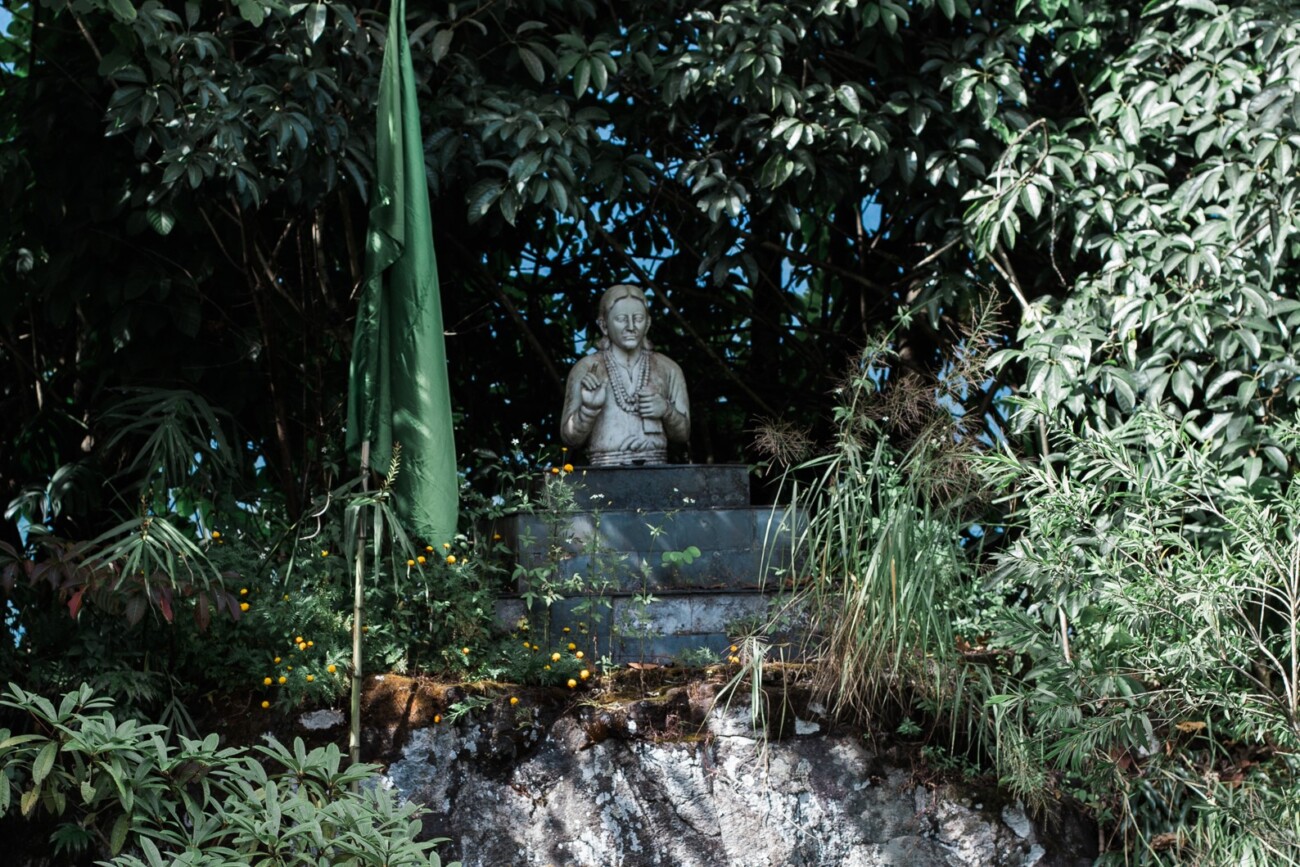
It was only in 1914, after over a century of suppression that the ban on Limbu language was lifted.
In the eighteenth century, with the rise of Gorkha power in Nepal and the on-going pressure from the Bhutia rulers in Sikkim, the Limbus found themselves pressured and demoralized. It was in this context that Sirijonga Teongsi, born in Nepal, came to Sikkim and began preaching Yumaism, and made efforts to revive their language. But his life in Sikkim was short-lived because the lamas of Pemayangtse, perceiving the danger of reviving Limbu resistance, had him killed. Once again, the language and religion of the Limbus went underground. Their existence was only whispered among themselves. It was only in 1914, after over a century of suppression that the ban on Limbu language was lifted.
But the legend of Sirijonga Teongsi and his efforts live on. In one version of the story, which I heard from Deomaya Subba of Barmoik on my way to Hee Martam, it is believed that Sirijonga Teongsi was protected by a special book, which he always kept safely hidden in a bamboo. All attempts to prevent him preaching Yumaism and reviving and propagating the Limbu language and script failed, thanks to the powers of this book. Finally, the Bhutia woman he married found the book and destroyed it. Sirijonga Teongsi’s power was then lost and he was soon captured and killed.
Hee Martam in West Sikkim, where Sirijonga was killed, lies at the bottom of a valley by the shores of Kalej river. When we visited the area where a large number of Bahun people live by cultivating paddy, they said that they could hear the sound of drums emanating from the valley during full moon and moonless nights. The sounds stopped when the mountains were blasted to build roads, as recently as in the 1950s.
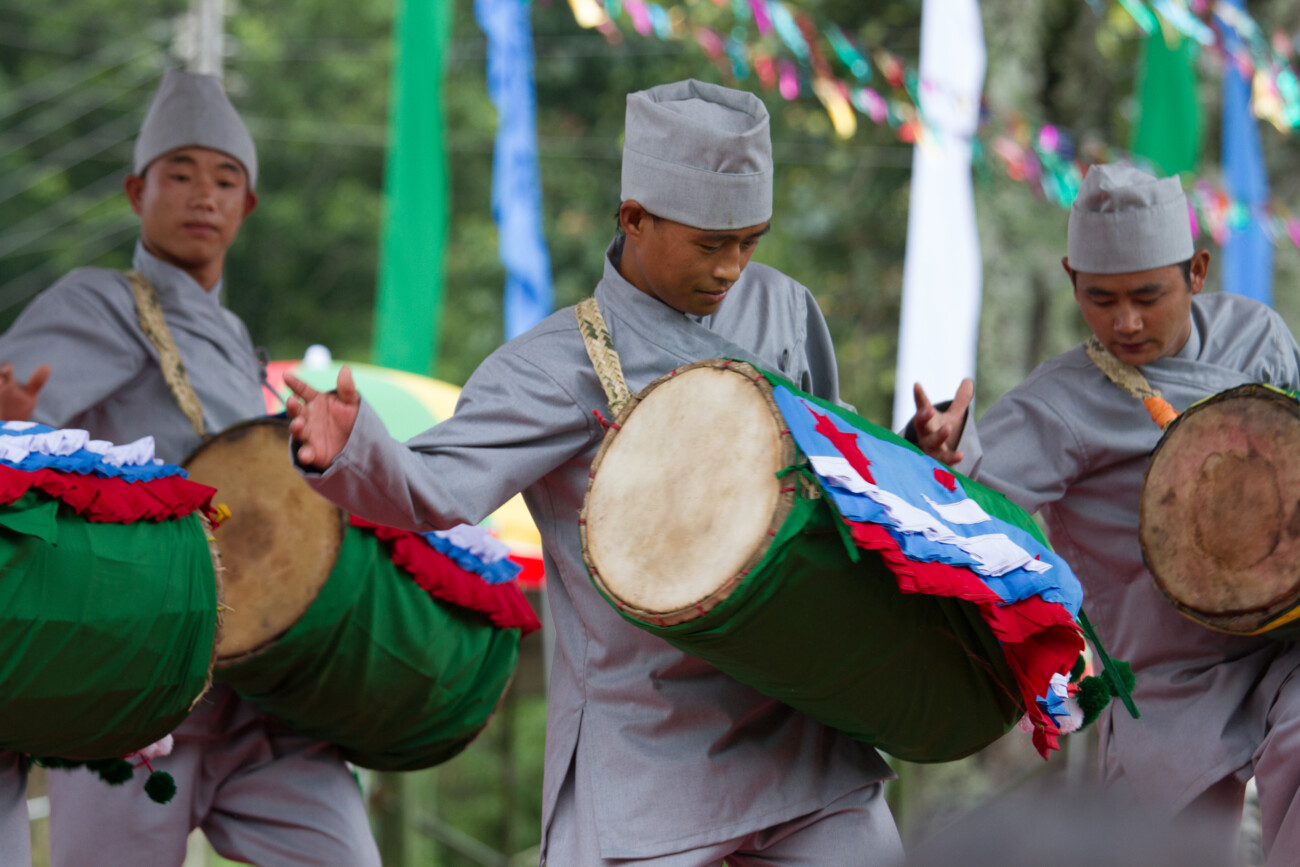
But the struggle for political rights and the recognition and development of the Limbu language continued. Since the late 1960s the first attempt to revive the language was initiated by the then Gyalmo(queen). Before Sikkim was merged with India in 1975, Chogyal Palden Thutob Namgyal and his consort Gyalmo Hope Cooke ruled with the help of a council of ministers. She took a keen interest in the development of the education system in Sikkim and worked towards creating school text books relevant to Sikkim, as well as the revival of Limbu and Lepcha languages. These efforts gained support when Sikkim merged with India in 1975, especially from M.K. Jahingira, Director of Education Department, who was deputed to Sikkim from the National Centre for Education Research and Training (NCERT). For every mission of this kind, you need people to dedicate time and effort. The contemporary Limbu language in Sikkim found such a dedicated person in B.B. Muringla who has received the Padma Shri, India’s highest civilian award for his devotion and effort towards the development of the Limbu language in Sikkim. Since the mid-1990s the language and religion are both encouraged, not only of the Limbus, but for all the other communities that make up the mosaic of Sikkimese society.
B.B. Muringla: A tireless stalwart of Limbu language
In a freewheeling interview, and subsequent conversations, B.B Muringla spoke about his and others’ contribution to the development of the Limbu language in Sikkim. His work is a standard bearer for preservation of all suppressed languages. Thanks to these efforts, a new interest in Limbu language and culture was ignited in Nepal, Bhutan, Kalimpong and Darjeeling, wherever the Limbus live.
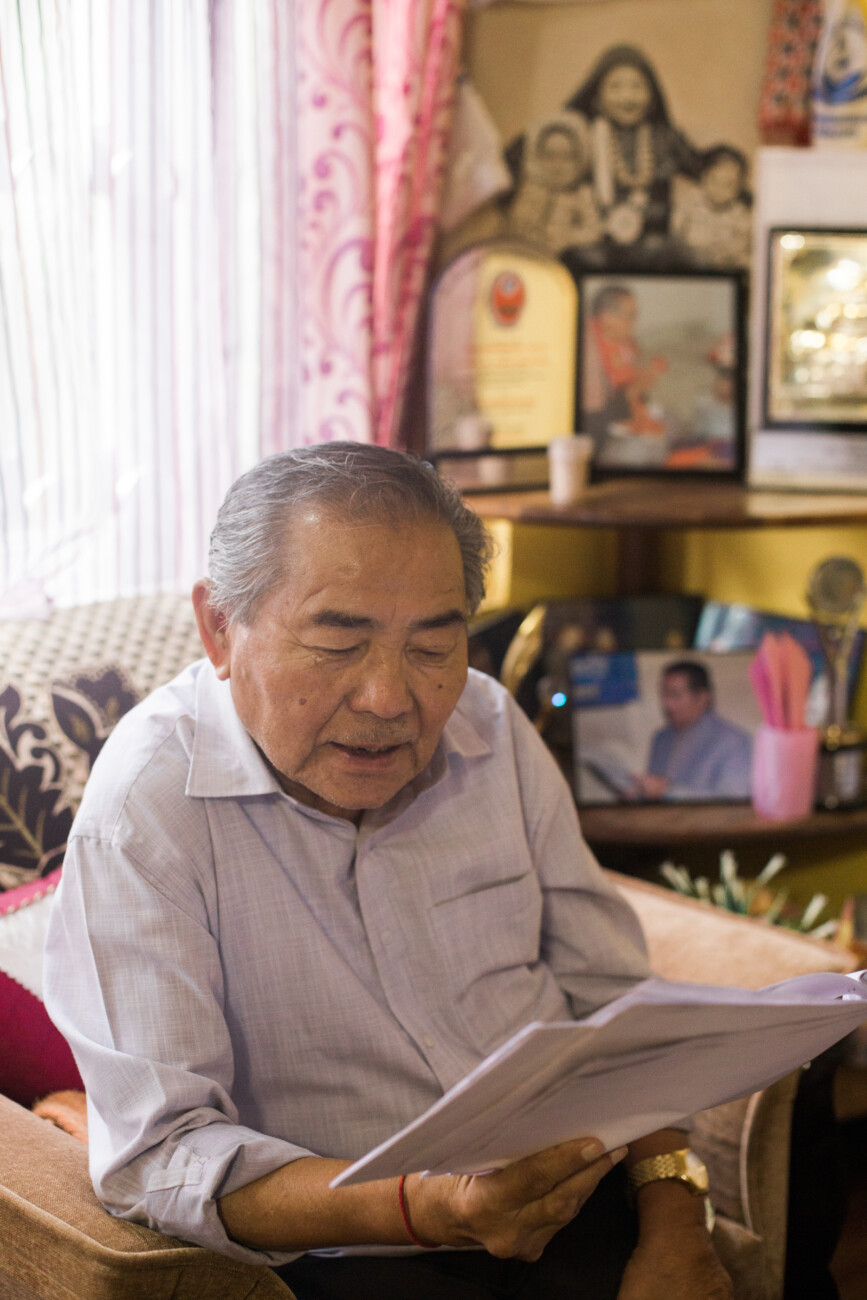
B.B. Muringla was born in 1943 in Limchong village on the outskirts of the district capital, Gyalshing. Since Gyalshing lies on the trade route connecting East Nepal with West Sikkim, the Limbus were engaged in cross-border business activities in addition to agricultural practices. Muringla’s father ran a shop, selling goods needed by the local people. He also stocked stationery. B.B. Muringla attended the local primary school, and when he completed his primary education he was sent to Gangtok where his older brother was studying. However, he wanted to go to Darjeeling, an emerging cultural hub, where he believed that the ambience was more suited to his temperament. B.B. Muringla was fully immersed in this milieu, and holds the distinction of being the first person who recorded a Nepali song for HMV company in Kolkata. He wasn’t just a singer; he also composed lyrics that were given voice to by renowned singers.
After school, he joined college, but had to return to Lingchom on the sudden death of his mother in 1965; his two brothers being away, his father needed help at home. At home he continued to follow his inner calling—to write; some of his poetry and stories were published in Nepali magazines. He combined his writing with his duties of running the farm, looking after the cattle, and cultivation of various crops. It was during this time that he turned his attention to Limbu language. He started night classes to teach the language, his students composed of different age groups. They would contribute a little money to buy the kerosene for the lamps. For texts, he wrote each story and lesson by hand, making carbon copies, often while tending cows. He wrote stories keeping in mind the different age groups in his class. These classes soon became a platform not only to learn the Limbu language but to talk about Limbu history and their people’s current situation.
One of the subjects for intense scrutiny was their changed position in regard to the original Lo-Mon-Tsong-Sum treaty. Since the Limbu language had been banned for so long, they strongly believed that to reinstate their status as one of the original people of Sikkim, developing their language was crucial. While Bhutia and Lepcha, along with Nepali and English were taught in schools, Limbu language had been ignored. So Harka Dhoj Mandal, their representative in the State Council, raised this issue in every meeting and finally he was asked to show the books in Limbu language. There were only two books available and the same were presented to the Council.
In 1986, B.B. Muringla designed the Limbu script for letterpress only to be made redundant with the coming of computers. He then redesigned the script for computers in 1992, and then again in 2000.
In 1951, two Limbu language books, Yakthung Tum Ningwaphu Sapla (first primer) and Yakthung Nisgek Sapla (second primer), were put together by Iman Singh Chemjong, Padam Singh Subba and Man Bahadur Khamdok. These two books were compiled for self-learning and were bilingual—Nepali and Limbu. At a time when every word had to be hand written, 100 copies of each book were brought to Lingchom where they were distributed, some were dispatched to Nepal, carried by travelers and traders across the borders.
Gradually, Limbu language was introduced in schools, although finding teachers was one big hurdle, not to speak of the lack of text books. The Gyalmo took special interest in developing text books in schools relevant to Sikkim, and Limbu language also gained visibility, but the sudden dramatic changes in Sikkim’s political history in early 1970s created some confusion. However, the process of improving the education system that had begun, continued. In Pelling school premises, a primary school teacher’s training centre was opened alongside a High School. Here, B.B. Muringla was asked to help out with teaching music, and when M.K. Jahingira took over from the previous director, he was asked to resume his position as a music teacher in the Pelling Training Centre. It was during this time that B.B. Muringla drew Jahingira’s attention to the situation of the Limbu language of Sikkim and stressed the need to develop textbooks to teach the language. Jahingira invited him to Gangtok to work along with experienced textbook writers and thus began the long journey of developing text books for teaching Limbu language in schools. In 1986, B.B. Muringla designed the Limbu script for letterpress only to be made redundant with the coming of computers. He then redesigned the script for computers in 1992, and then again in 2000.
For thirty years, B.B. Muringla worked tirelessly with the Government of Sikkim, writing textbooks for primary school to college levels. He translated texts from other languages on practical subjects such as health, family, agriculture, and so on. He wrote books on philosophy, culture (marriage rituals), worked on a Limbu-Nepali-English dictionary, and a Hindi-Limbu dictionary. He translated into Limbu language Gulliver’s Travels, by Jonathan Swift, as well as stories by Leo Tolstoy. He created comic books on the lives of prominent Indians, such as Pandit Jawaharlal Nehru, Chandra Shekhar Azad and Deshbandhu Chittaranjan Das. He covered a range of subjects and also edited Limbu magazines and published poetry collections. His efforts and achievements have not gone unnoticed. He has won many awards within Sikkim, India and Nepal, and continues to be active in the cultural sphere. His vast knowledge of Limbu lore and culture attract scholars from far and near to his home in Lingchom.
References:
Wangchuk, P., & Zulca, M. (2007). Khangchendzonga Sacred Summit (pp. 67-68). Gangtok, Pema Wangchuk.
Photo Gallery
(Click to enlarge)
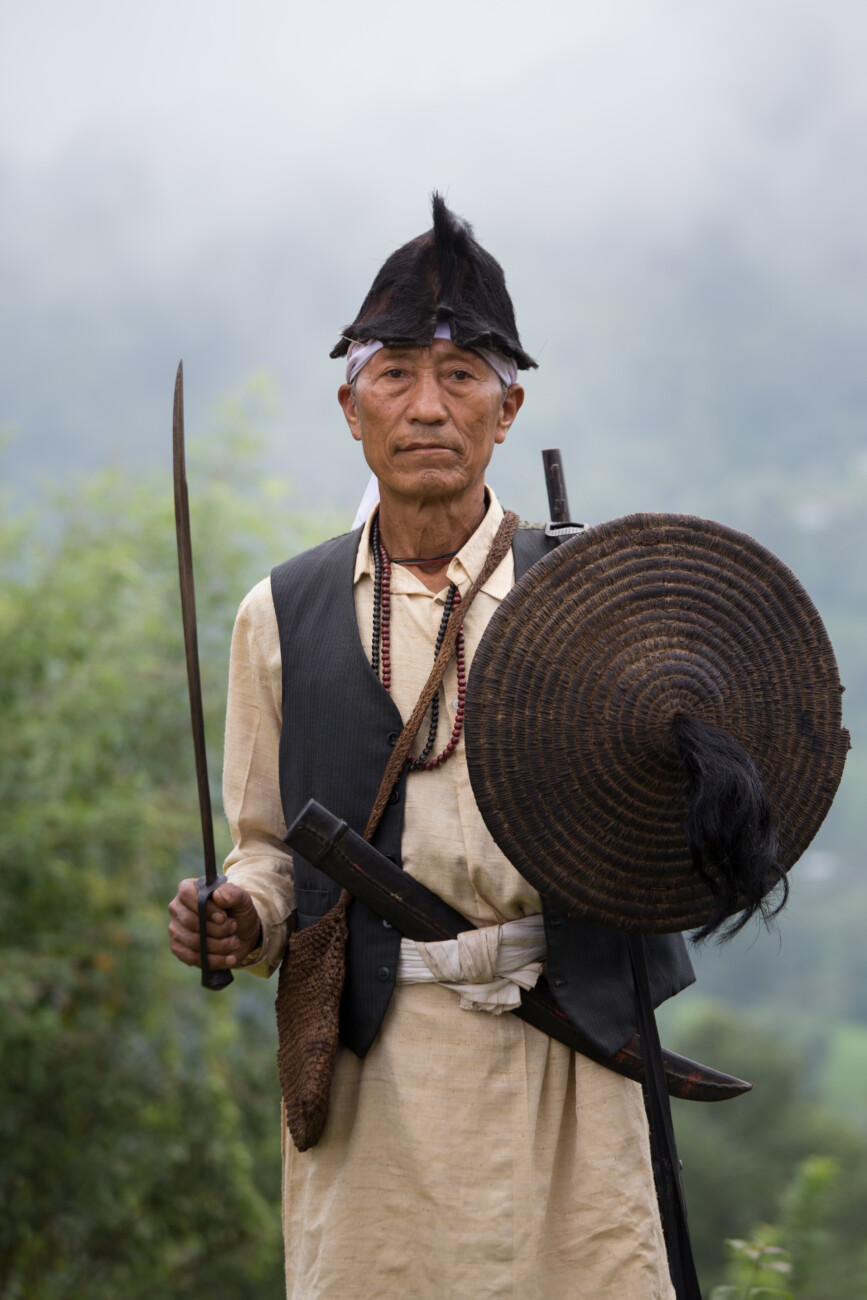
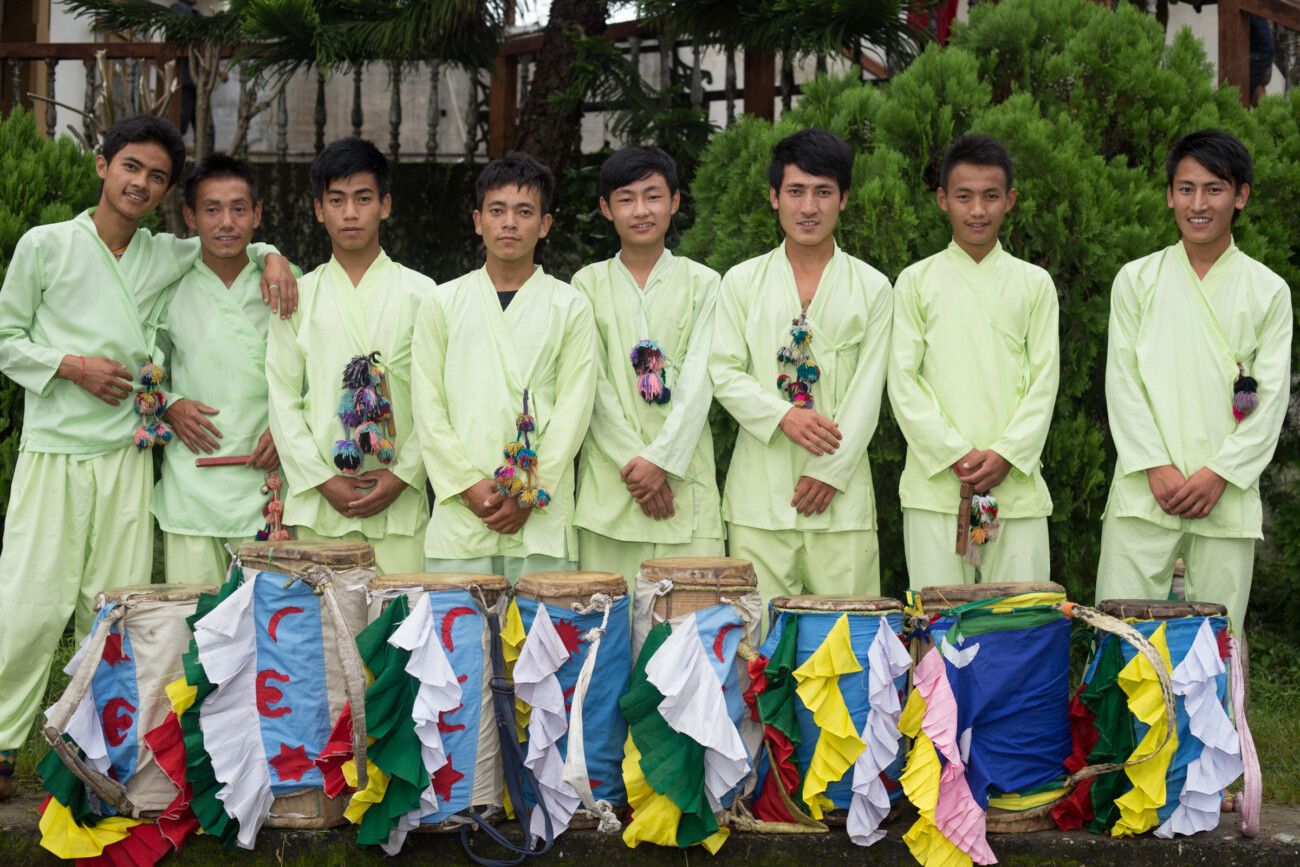
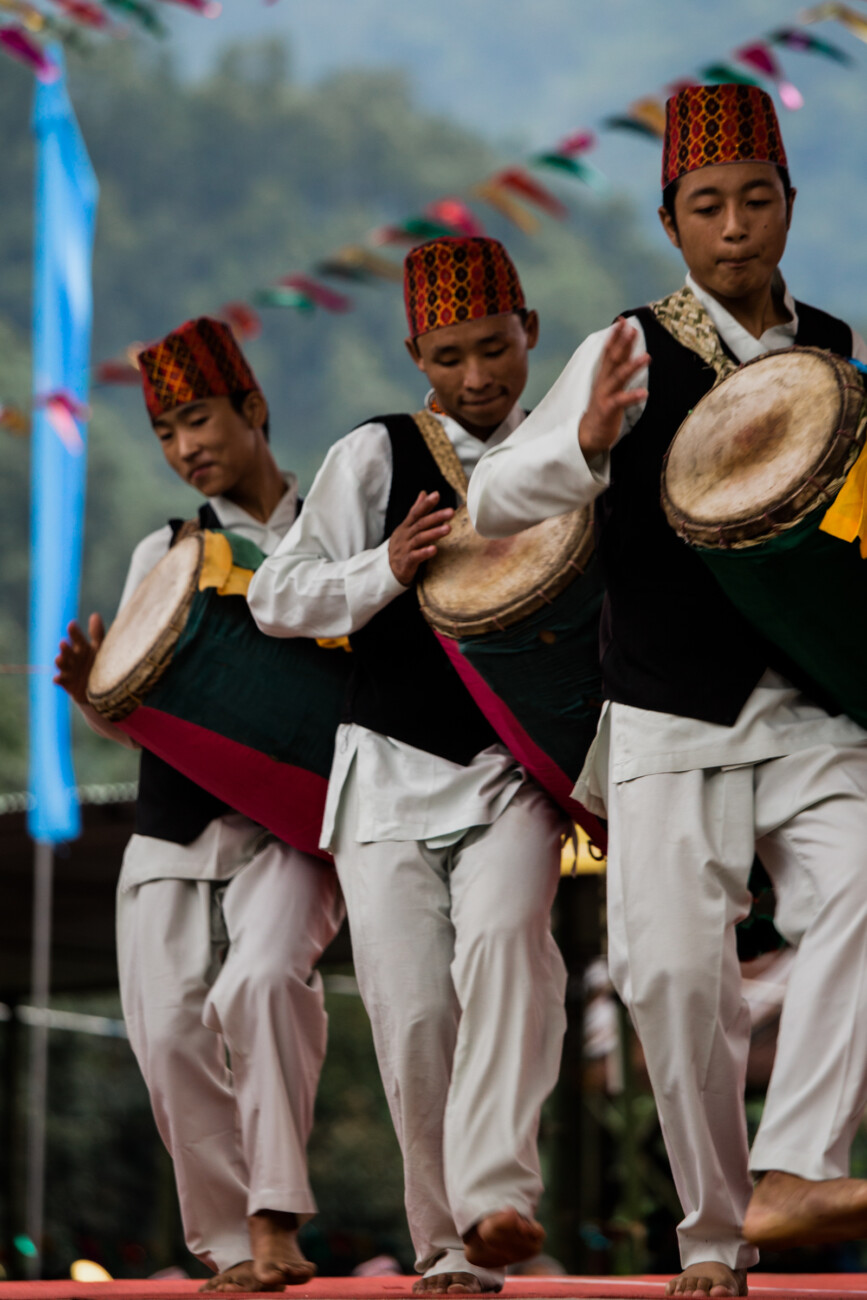
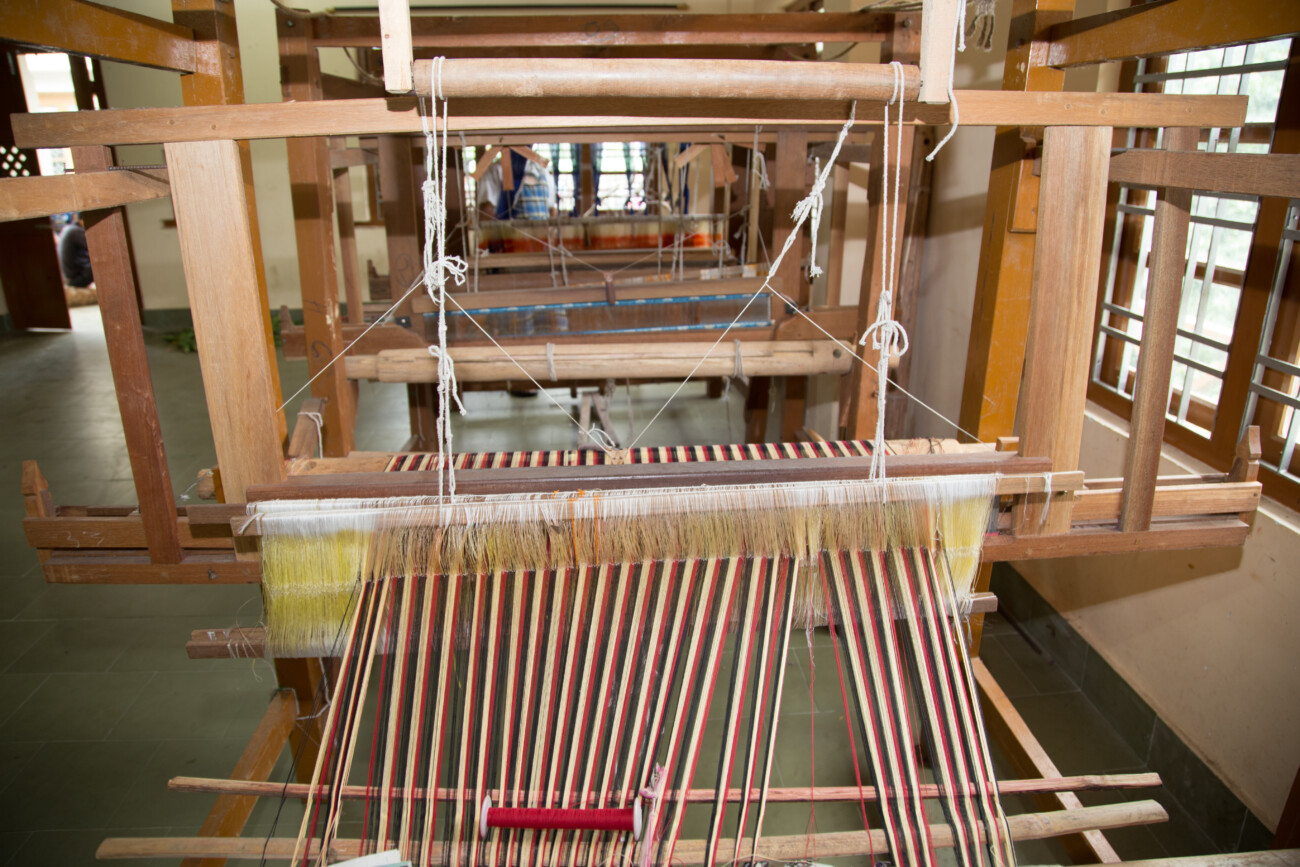
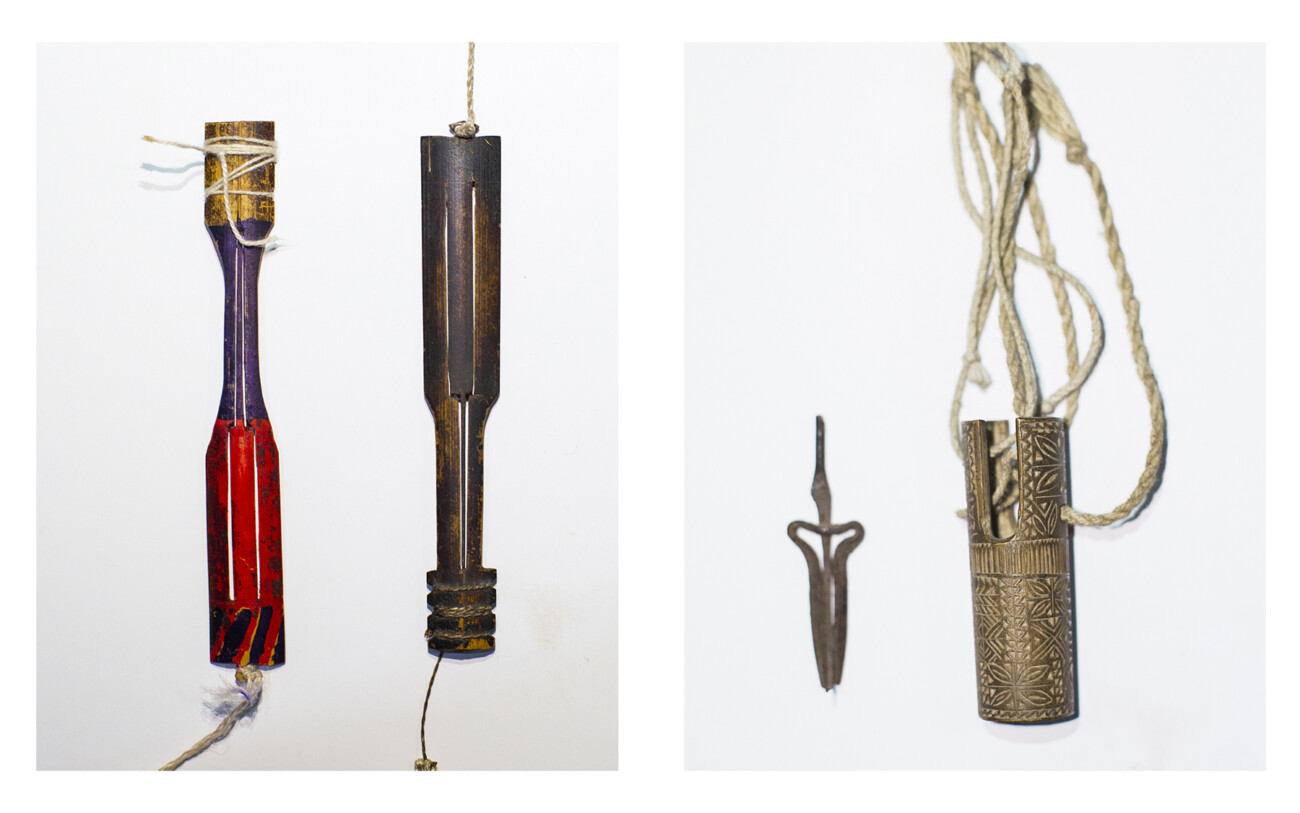
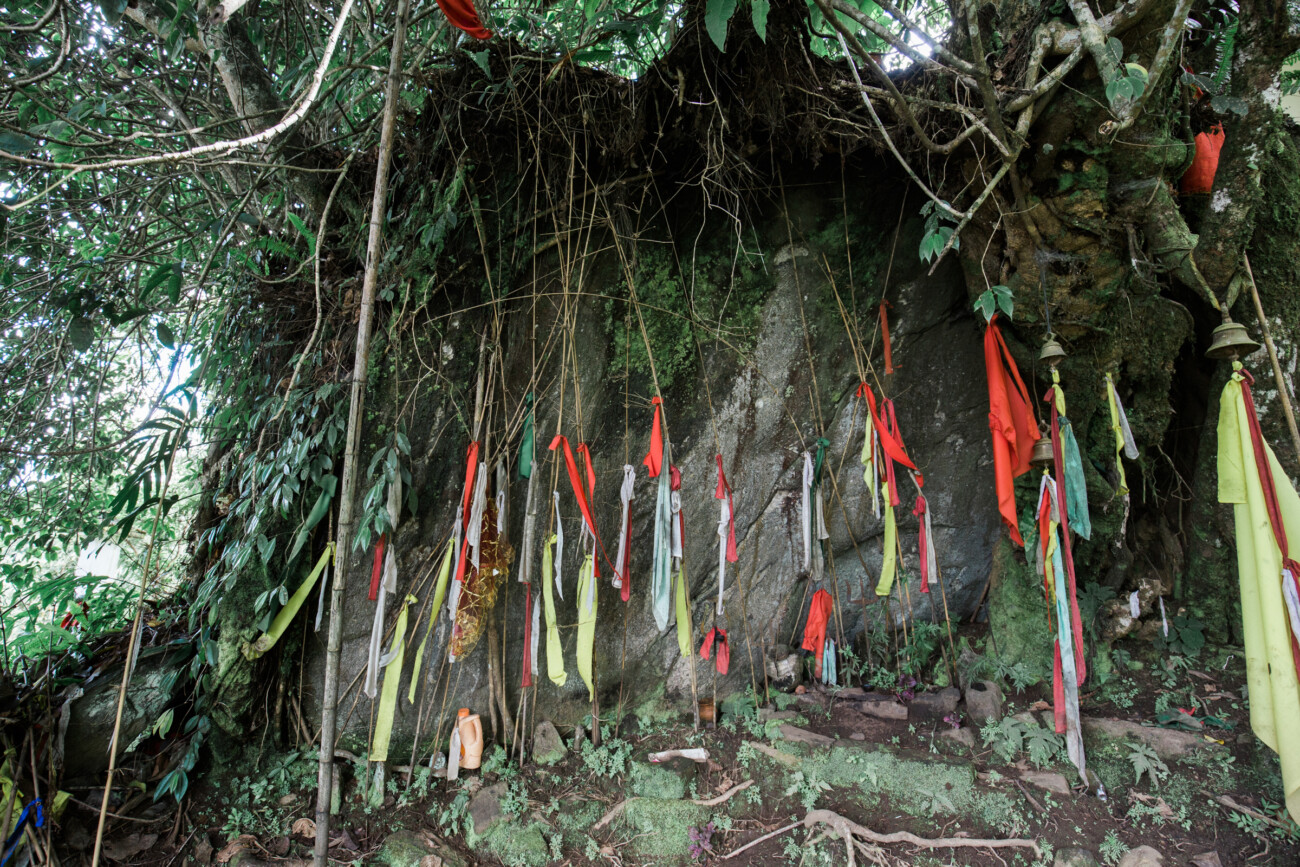


Thank you for writing this article. I knew a lot about B.B. Muringla and other's work.
Iam happy to see this article "Sikkim Project" about Reviving Limboo Language and Culture, i think in this project more needs information about limboo... lots of thanks all team who are involved in this article/project.
I thoroughly enjoyed the article. Beautifully written. I was expecting that this article would reveal the year of introduction to Limbu language teaching in the government school in Sikkim.
It was good to know my culture. As a subba it is very kind of your information.
Thanks for providing glorious history of people of Bharat।
Very beautifully written, I thank the team Sikkim Project for such a wonderful note on my Tumba Lt. Padma Shri BB Muringla.
Regards,
Heartening to see the lamp of Sikkim’s gracious culture being tended in this publication. Kudos to the team that’s launched the Sikkim Project. I look forward to more articles & photographs.
Thank you so much for sharing such an insightful article.
Thank you.
Need to do more research on history.
Yes there is much to unearth and bring into light.
An enlightening revelation of the history and culture of a population who were neighbors to me during my formative years and Ist encouraging to see the interest in preserving this part of fabric that is Sikkim.
Enlightening to be taken on this journey of discovery and to learn what is not easy to experience.
It is a very well conceived idea and very enticing to read. Very informative and carries a great deal of interesting facts and figures to enlighten the world about the almost forgotten past of people who live around us and their culture. Keep up the good work of keeping us informed.
Beautifully written..
An article that holds value for the history of Sikkim and it's diverse roots.
Commendable work by Sikkim Project.
Interesting article. Congratulations for trying to preserve a culture and language that is endangered. Merging with a dominant culture, in this case the Nepali culture, often results in the culture of the minority groups becoming extinct. A conscious effort has to be made to keep the culture vibrant. Kudos to the Sikkimproject for taking up this work.
Beautifully written.
Thank you for sharing this beautiful history of a culture that survived many ups and downs and now has found its rightful place.
Congratulations and best wishes for have come up with first bi-lingual project. Thank you team 'Sikkim Project' specially Prava Rai for launching the project with my article. It gave me immense pleasure to read many factual stories about me. My best wishes.
Regards,
Padmashree, B.B.Muringla
My sincere congratulation to the team "Sikkim Project". It was different feelings to read about Padmashree, B.B.Muringla written in a unique style.
Lovely article, keep up the good work!